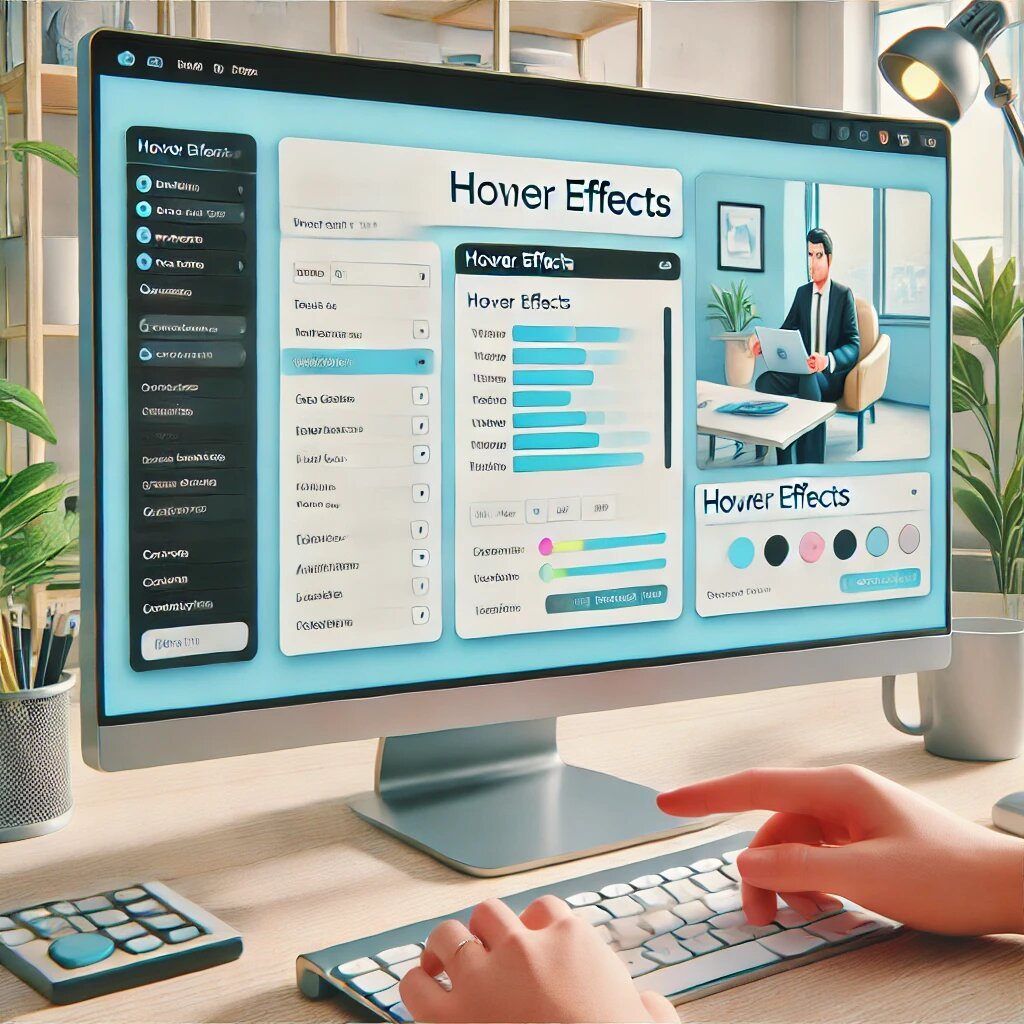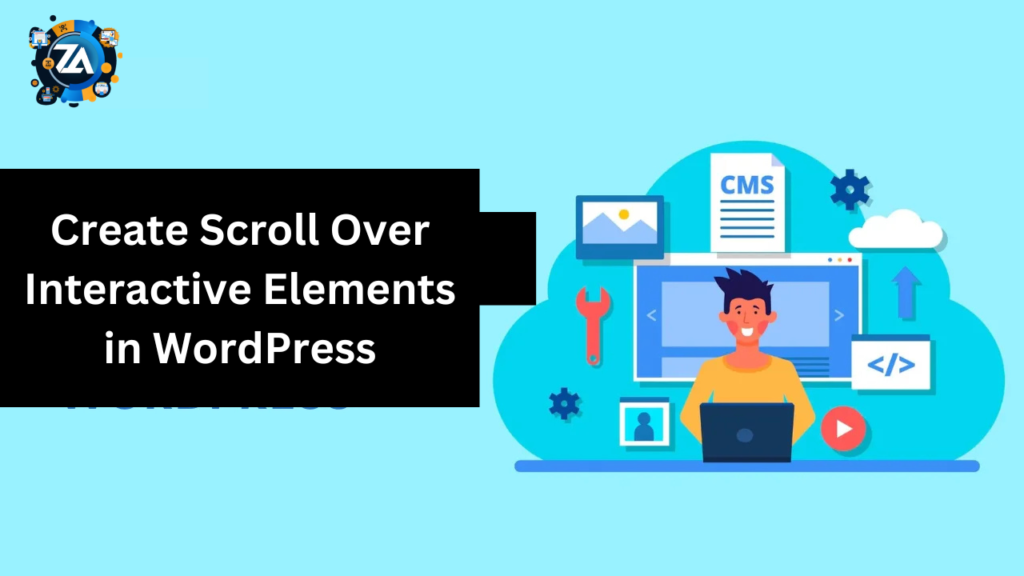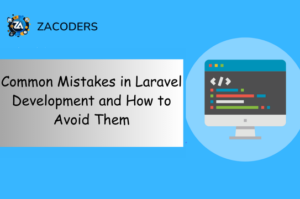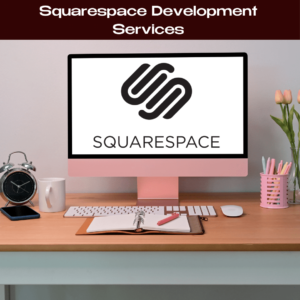When building websites or other online platforms for services, selling products, or enhancing your offline presence, it’s essential to focus on creating an engaging, interactive, and attractive experience for customers. Think of it like decorating a store to grab attention except here, the design lives in the digital landscape. One effective way to achieve this is by incorporating scroll-over elements into your WordPress platform. These features not only capture and retain visitors’ attention but also add dynamic depth and intrigue to your website.Scroll Over Interactive Elements in WordPress
Experts suggest using a combination of plugins and custom CSS to make the process easier. With user-friendly interfaces and tailored effects, these tools let you enhance navigation, improve user experience, and make your site more visually appealing.Scroll Over Interactive Elements in WordPress
Whether you’re following a comprehensive guide or experimenting with techniques, the key lies in finding effective methods to achieve your goals. By taking a detailed approach and addressing the right questions, you’ll unlock solutions that transform a static website into an engaging, interactive platform that captivates users and stands out.
What Are Scroll Over Interactive Elements?
Scroll-over interactive elements are exciting features that make any website more lively and appealing. When a user interacts with the page by scrolling or moving their mouse, these elements react with visual changes like animation, movement, or hover effects. Whether it’s an image transformation, a text reveal, or a color shift, these effects create an engaging experience that keeps visitors interested and enhances the site’s responsive design.Scroll Over Interactive Elements in WordPress
From buttons that light up to sections that respond when a cursor hovers over them, these hover animations provide feedback and bring dynamic life to otherwise static web pages. As each reaction is triggered by a hover action, it adds a layer of interactivity that transforms ordinary content into something truly interesting and captivating.
Why should you even use Scroll Over Interactive Elements in WordPress?
Using scroll-over interactions with interactive elements in WordPress can enhance user experience, engagement, and website functionality. Here are a few reasons why this technique is beneficial:
Improved User Interaction
- Create more rewarding and dynamic experiences with scroll-over interactions, quite than simple paragraph shifts. Users are more inclined to press buttons, click on pictures or links that flash or change state while they are hovering and/or scrolling across them. then there’s a chance these will be read.
Visual Appeal
- When elements such as images, menus and buttons have scroll-over effects, the site appears modern and gorgeous. The function can draw attention to some features or hot items for certain periods of time, making them more visible to visitors.Scroll Over Interactive Elements in WordPress
Increased User Engagement
- For instance, hovering above product images to see more details or revealing hidden content while scrolling all keeps visitors engaged.
Clear Navigation
- Hover effects, such as color changes, tooltips, or underlining, can make it easier for users to understand interactive elements and how to navigate your site. This is especially useful for menus, call-to-action buttons, and forms.
Enhanced Accessibility
- Hover effects like color changes and tool tips are everywhere. Users will finally know what is clickable or not in your web pages and how do they move from here to there. This is especially useful for menus or call-to-action buttons, as well as forms.
Better Conversion Rates
- Having buttons that display some sort of effect when you hover over them with your mouse can improve conversion rates. If there’s a visual cue provided before you click on any button, they’ll look active–not passive. This could be anything from changing colors in response to being pointed at by a pointer of differing type, as well an animation showing activity is taking place or has just occurred on your screen.
Responsive Design
- Use of scroll-over interactions can make websites feel responsive on all devices Will do. It is like the be you cannot surf a wave but just get washed up helplessly. By using animations or changing state to suit, so that websites can continue working effectively even when readers are differently sized. The interactive elements both responded and fascinating.Scroll Over Interactive Elements in WordPress
Customizable in WordPress
- With WordPress, implementing scroll-over effects is easy, thanks to a variety of plugins or custom CSS. You can add these effects to any part of your site without needing complex coding skills, allowing you to personalize your website’s interactivity to suit your brand or design preferences.Scroll Over Interactive Elements in WordPress
By using scroll-over interactions effectively, you can elevate the user experience on your WordPress site, create more intuitive navigation, and encourage greater user participation.

Different Methods to Create Scroll Over Interactive Elements in WordPress
There are several methods to create scroll-over interactive elements in WordPress. Whether you prefer using plugins, custom code, or built-in theme options, these methods allow you to enhance user interaction and engagement.Scroll Over Interactive Elements in WordPress. Here are some of the best ways to implement scroll-over effects:
Using WordPress Plugins
For scroll-over interactive elements in WordPress, there are many methods. The methods discussed here give you another choice to boost user interaction and engagement whether you want to use plugins, your own code or themed options included in your package of themes and plugins.Scroll Over Interactive Elements in WordPress
- Elementor:
- Elementor is a popular page builder plugin for WordPress that includes built-in hover effects. You can apply hover animations to buttons, images, and text blocks directly from the Elementor interface.
- Example: Create a button that changes color or animates when hovered over, or make an image zoom in slightly as you scroll over it.
- WP Hover Effect:
- WP Hover Effect plugin allows you to add hover effects on images, buttons, and other elements. It offers a variety of animation styles, including zoom-in, fade, flip, and others.
- Example: When users hover over an image, it flips or zooms to reveal more information.
- Hover Effects Pack:
- This plugin offers a collection of hover animations for images, buttons, and galleries. It’s highly customizable and lets you add cool hover effects without coding.
- Example: Add shadow effects, color changes, and sliding captions on image galleries when users hover.
Using Custom CSS
Meanwhile, employing CSS, users could have all the control they need to get the scroll-over effects they want. Using this method, any parts of the webpage you like can have an exlusive or distinctive hover or scroll-over effect.Scroll Over Interactive Elements in WordPress
CSS Hover Effects: CSS can be used to change the appearance of an element when a user hovers over it. For example:
css
Copy code
.hover-effect:hover {
transform: scale(1.1);
transition: transform 0.3s ease;
}
This code will make the element grow slightly when hovered over, with a smooth transition.
CSS Transition & Animation: You can create more advanced scroll-over effects by using @keyframes for animations or transition for gradual effects.
css
Copy code
.hover-box:hover {
background-color: #f39c12;
color: white;
transition: all 0.5s ease;
}
Parallax Scrolling Effect: Adding a parallax scroll effect can make an element move at a different speed than the rest of the page when the user scrolls.
css
Copy code
.parallax {
background: url(‘image.jpg’) no-repeat fixed;
background-size: cover;
}
JavaScript & jQuery
For more complicated or lurid scroll-over effects, you could use JavaScript or jQuery. Using this method can help to trigger specific animations or events according to the scroll position or your mouse moving around.Scroll Over Interactive Elements in WordPress
Scroll Animation Using jQuery: jQuery makes it easy to detect mouse hover and apply custom effects. Example:
javascript.Scroll Over Interactive Elements in WordPress
Copy code
$(document).ready(function(){
$(“.interactive-element”).hover(function(){
$(this).animate({opacity: 0.7}, 200);
}, function(){
$(this).animate({opacity: 1}, 200);
});
});
This code will make an element fade in and out as the user hovers over it.
Scroll-Based Effects: JavaScript can also be used to create scroll effects, like changing the position or animation of an element when the page is scrolled. Example:
javascript
Copy code
window.onscroll = function() {
var element = document.getElementById(“scrollElement”);
var position = element.getBoundingClientRect();
if (position.top < window.innerHeight && position.bottom >= 0) {
element.classList.add(“animate”);
}
};
This triggers an animation when the element is scrolled into view.
Theme Customizer (Built-In Options)
Many WordPress themes come with their own scroll-over effects. If you use one of the premium themes such as Divi, Avada, or Astra; they might have done it for your: you can find pre-built scroll-over animations by dragging around interactive elements.Scroll Over Interactive Elements in WordPress
- Theme Customizer: Some themes allow you to modify button and hover animations through their settings without needing to touch code. You can choose hover styles, such as color changes, scaling, or sliding effects for interactive elements like buttons and links.Scroll Over Interactive Elements in WordPress
- Using the Theme Builder (like Elementor Pro): If you have a theme builder, you can add scroll-over interactions within the builder’s visual editor. Elementor Pro, for example, has hover animation options that let you modify the appearance of elements when a user hovers or scrolls over them.
Using Custom HTML Blocks
To achieve this freedom of action, select Insert Interactive HTML, and CSS. You can even write your own HTML code or take another person’s “” and “” (italicized) CSS wrap it for transitions.Scroll Over Interactive Elements in WordPress
HTML + CSS Hover Example:
html
Copy code
<div class=”interactive-box”>
<img src=”image.jpg” alt=”interactive image”>
<div class=”overlay”>More Info</div>
</div>
<style>
.interactive-box {
position: relative;
width: 300px;
height: 200px;
}
.interactive-box img {
width: 100%;
height: 100%;
}
.interactive-box .overlay {
position: absolute;
top: 0;
left: 0;
width: 100%;
height: 100%;
background: rgba(0, 0, 0, 0.5);
color: white;
display: none;
align-items: center;
justify-content: center;
text-align: center;
}
.interactive-box:hover .overlay {
display: flex;
}
</style>
In this example, the overlay appears when the user hovers over the image.
Using Page Builders with Hover Effects
Page builders like WPBakery, Gutenberg, and Beaver Builder offer drag-and-drop functionality to add hover or scroll effects to interactive elements. These builders often have blocks, buttons, and sections with pre-configured hover effects.Scroll Over Interactive Elements in WordPress
- WPBakery Page Builder:
- WPBakery offers animation and hover effect settings directly within the builder’s elements, allowing you to apply simple interactions to images, buttons, or text blocks.
Custom JavaScript Libraries
For more advanced effects, you can integrate third-party libraries such as Hover.css, GSAP (GreenSock), or ScrollMagic to create sophisticated scroll-over or hover effects.
- Hover.css:
- A collection of CSS3 hover effects that you can easily add to any element by including the relevant CSS classes.
html
Copy code
<div class=”hvr-grow”>
<button>Hover Me</button>
</div>
By combining these methods, you can create stunning, interactive scroll-over effects for your WordPress site, whether you’re looking for a simple hover effect or a more complex scroll-based animation.Scroll Over Interactive Elements in WordPress
Common Scroll Over Interactive Elements in WordPress Websites
In WordPress, scroll-over interactive elements make any website more engaging and improve the user experience. Features like animated buttons that change color, size, or glow when hovered grab attention and make calls to action more enticing for users to click. Similarly, image zoom or a magnifying glass effect allows product images, photographs, or intricate designs to enlarge on hover, letting users see more detail.Scroll Over Interactive Elements in WordPress
Other features include tooltips and hover boxes, which display additional information like text, images, or links in a box without cluttering the page. Hidden icons or content can also be revealed when users hover over specific areas, adding an element of surprise while keeping the design clean and uncluttered.
Effects like background changes, animated text effects, or navigation menu dropdowns bring visually striking highlights, enhance dynamism, and create an overall friendly, dynamic interaction. Whether you’re working on headings, links, or navigation, these techniques ensure your process is both effective and impactful.
Why Should You Use Hover Effects?
Hover effects are more than just a visual enhancement; they are interactive elements that can improve user experience and make your website more engaging. These effects are especially useful for guiding visitors’ attention, ensuring they notice key areas like product details, sale prices, or CTA buttons. For an online store, this means you can keep your layout clean while still being informative, presenting essential information without clutter.Scroll Over Interactive Elements in WordPress
By combining aesthetics with functionality, hover effects create a seamless browsing experience that highlights important content dynamically. Whether you want to draw focus to specific details or enhance the overall feel of your site, these interactive elements are a practical way to engage your audience effectively.Scroll Over Interactive Elements in WordPress
FAQ
How do I add scroll animation in WordPress?
Select a template with no sidebar, start editing your landing page, and apply animation classes to the desired block. Preview your work to ensure smooth animation effects.
How do I create an interactive map in WordPress?
Drag the Google Maps block from the left-hand menu into your layout, click to select, and use the gear icon in the toolbar to change the default location.
How do I add moving elements in WordPress?
Install and activate a CSS animations plugin in WordPress. Design your animation, customize its delay and speed, then save and preview the effect. Understand key properties to animate successfully.




